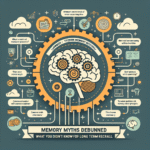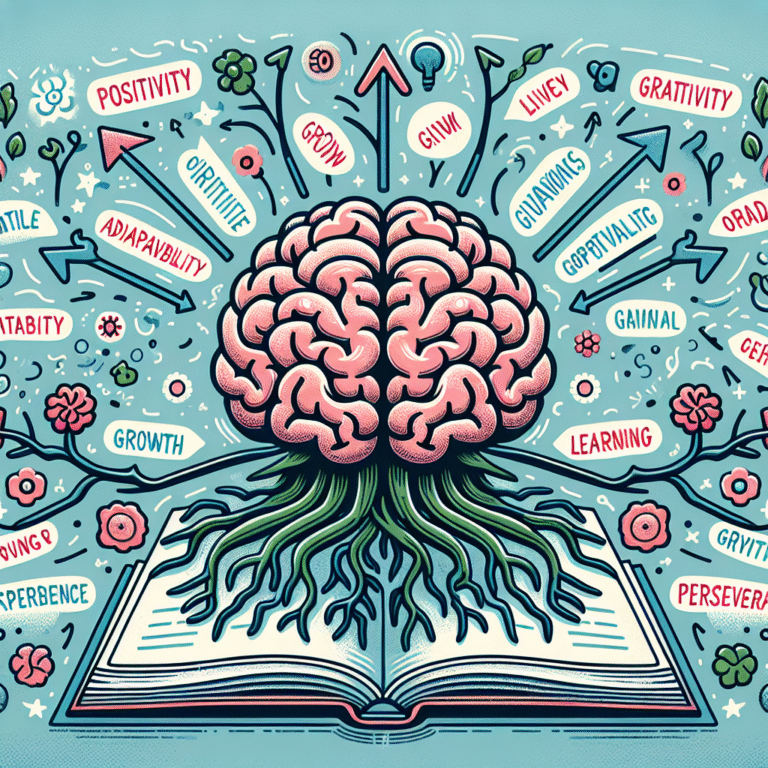
Introduction
In an era where educational landscapes are shifting rapidly, it is imperative to keep students engaged and motivated. Every educator strives to create an environment that fosters passion for learning while cultivating critical thinking, collaboration, and creativity. But how can teachers achieve this? What engagement techniques truly work?
In this comprehensive guide, we will delve into proven engagement techniques that work, drawing insights from successful educators across various fields. Whether you’re a seasoned teacher or a new educator in the classroom, these techniques can transform your teaching approach, elevate student participation, and create a dynamic learning environment.
The Importance of Engagement in Education
Why Engagement Matters
Engagement is not merely a buzzword; it’s at the heart of effective education. Engaged students are more likely to perform better academically, exhibit positive behaviors, and develop lifelong learning skills. Studies show that engaged learners exhibit higher retention rates, deeper understanding of material, and improved social skills.
The Psychological Aspect of Engagement
Understanding the psychological principles of engagement can significantly enhance teaching strategies. According to the Self-Determination Theory, people are motivated by three innate psychological needs: autonomy, competence, and relatedness. When teachers address these needs, engagement grows naturally.
Real-World Implication
Imagine walking into a classroom where students are actively participating, collaborating, and genuinely interested in the subject matter. This is not just an idealistic vision; it’s feasible through effective engagement techniques. Let’s explore some innovative strategies adopted by successful educators.
Engagement Techniques That Work: Techniques from Successful Educators
1. Active Learning Strategies
Active learning is a pedagogical approach that allows students to participate directly in the learning process. Techniques such as group discussions, problem-solving sessions, and hands-on activities fall under this category.
Case Study: Collaborative Learning in High School Science
At Jefferson High School, Ms. Roberts implemented group projects where students designed eco-friendly structures using recyclable materials. This initiative not only encouraged teamwork but also increased participation and understanding of ecological principles.
Analysis: This case illustrates how collaborative projects enhance engagement by allowing students to learn from one another while applying theoretical concepts to practical scenarios.
2. Technology Integration
Utilizing technology in the classroom can significantly enhance student engagement. Interactive tools, simulations, and gamification can transform traditional lessons into captivating experiences.
Case Study: Gamification in a Middle School Math Class
Mr. Lee introduced a gamified competition in his math class, allowing students to earn points for completing challenges and assisting peers. This approach heightened excitement and motivation, leading to a measurable improvement in test scores.
Analysis: This example underscores the effectiveness of gamification as an engagement technique that promotes healthy competition while reinforcing learning objectives.
3. Differentiated Instruction
Every student has unique learning styles and paces. Differentiated instruction allows educators to tailor lessons to meet individual needs.
Case Study: Tailored Learning Plans in an Elementary Classroom
Ms. Patel implemented differentiated instruction by creating learning stations in her fourth-grade classroom. Students rotated through stations focusing on reading, writing, and multimedia learning aligned with their strengths.
Analysis: This technique exemplifies how personalized learning fosters engagement, as students feel more in control of their learning process, ultimately driving success.
4. Real-World Connections
Contextualizing lessons within real-world scenarios makes learning relevant and engaging. Educators who can connect classroom teachings to students’ lives often foster deeper engagement.
Case Study: Community Partnerships in a High School Business Course
Ms. Johnson partnered with local businesses, allowing her students to collaborate on marketing projects with real clients. This connection to the community provided authentic experience and enriched learning outcomes.
Analysis: The relevance of applying knowledge to real situations promotes intrinsic motivation, leading to higher engagement levels among students.
5. Inquiry-Based Learning
Inquiry-based learning encourages students to ask questions and seek answers through investigation. This approach sparks curiosity and enhances critical thinking skills.
Case Study: Science Inquiry Projects in an Intermediate Class
Mr. Thompson encouraged his students to design their experiments based on their interests, leading to a variety of projects exploring environmental science. Engagement soared as students were invested in their individual inquiries.
Analysis: Inquiry-based learning actively engages students, transforming them from passive recipients of information into active seekers of knowledge.
Overcoming Barriers to Student Engagement
Identifying Common Challenges
Despite the variety of engagement techniques that work, educators frequently encounter challenges such as diverse student needs, limited resources, and resistance to change. Recognizing these barriers is the first step toward effective solutions.
Solutions and Strategies
- Professional Development: Continuous training programs equip educators with skills to adapt to new methods.
- Collaboration Among Staff: Sharing experiences and strategies can help overcome common challenges collaboratively.
- Utilizing Student Feedback: Seeking input from students can yield insights into what engagement techniques resonate most with them.
Conclusion
Engaging students is not just a task; it’s a fundamental aspect of effective education. The engagement techniques that work, as highlighted by successful educators, offer valuable insights into fostering a vibrant learning environment where every student feels motivated to participate.
In essence, employing a mix of active learning, technology, differentiation, real-world connection, and inquiry-based practices can transform your classroom into a hub of engagement. As educators, it’s our responsibility to cultivate environments that not only foster learning but also inspire growth and curiosity.
Takeaway: Ignite the Spark
As you embark on this journey of improving engagement in your classroom, remember that creativity and flexibility are key. Experiment with these techniques, reflect on what resonates with your students, and adapt as necessary. Your efforts can make a profound difference, igniting a lifelong passion for learning in the hearts of your students.
FAQs
1. What are engagement techniques?
Engagement techniques are instructional strategies designed to promote student participation, motivation, and a deeper connection to the learning material.
2. How can I measure engagement in my classroom?
Use a combination of observations, student surveys, and performance data to measure how engaged students are during different activities.
3. Can technology replace traditional teaching methods?
Technology should complement, not replace, traditional methods. A balanced approach that incorporates both can enhance engagement effectively.
4. How can I address diverse learning styles in my class?
Utilize differentiated instruction, allowing students to engage with material in ways that suit their individual learning preferences.
5. What is inquiry-based learning?
Inquiry-based learning encourages students to ask questions and explore topics through research and experimentation, promoting active participation and critical thinking.
These engagement techniques that work provide a roadmap to a dynamic educational experience that resonates with the needs of today’s learners. Implementing even a few of these strategies can lead to significant shifts in your students’ engagement and success.

















